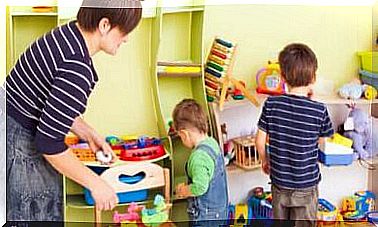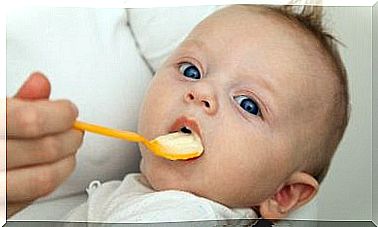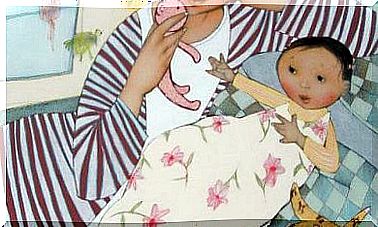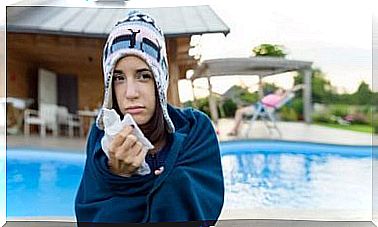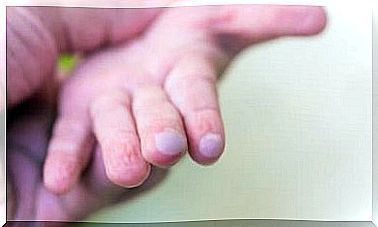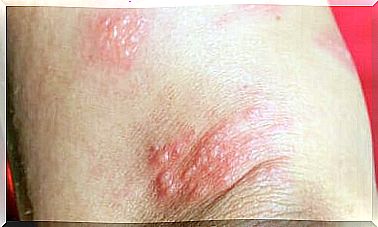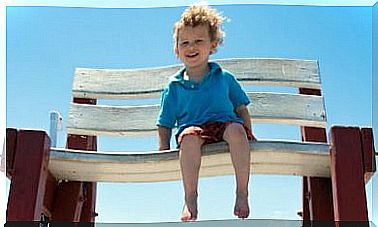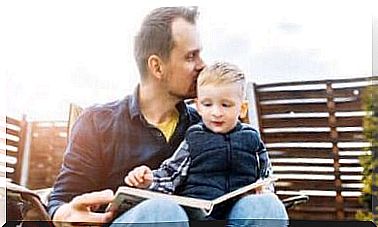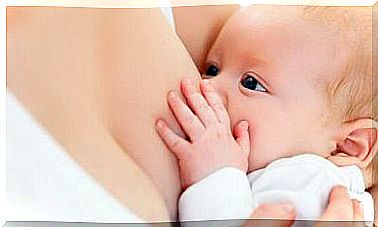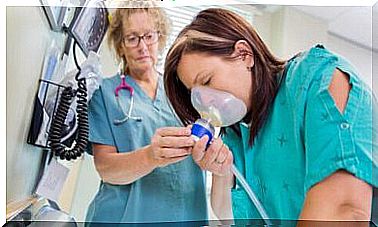How To Explain To Children About The Water Cycle
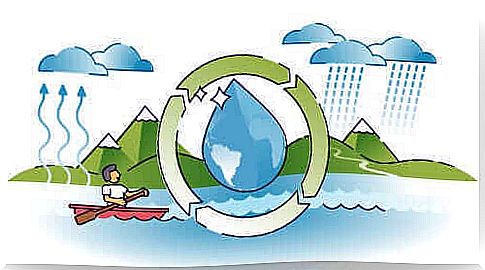
The crucial thing to help children understand the concept of the water cycle, which is quite abstract, is to relate it to things in everyday life. In other words, things that are familiar to them. Let’s start by defining the different “types of water”.
The cycle of water and the different stages you can explain to children
Water is changeable, but it is a constant element. The water cycle is the continuous state of change, whereby the amount of water on the planet remains the same over millions of years. In this constant cycle, water can pass through the various stages:
- Liquid: This form is the most common and well known. Here you can start by explaining the water cycle to children. The examples are easy and mundane. Why? Because we see and touch water in liquid form when we bathe, when we get wet in the rain, or when we drink it. It can also be seen in rivers and gardens.
- Solid: When liquid water reaches a temperature below 0 degrees C, it freezes. The ways children can see water in solid form are ice and snow.
- Gas: In this state we can see water in clouds, fog and water vapor. When you take a very hot bath or boil a pot of water, you can see water vapor take shape and settle on different surfaces.
Changes in the condition of the water
Once children understand the differences between and the characteristics of the three water stages, it is time to teach them how the elements go from one stage to another. To do this you need to define some specific concepts:
- When the water goes from solid to liquid form, the process is called fusion. For example, if you leave an ice cube at room temperature, it will slowly melt and turn into liquid water.
- If you freeze it again, the change from liquid to solid is called solidification.
- The change from liquid form to gas is called evaporation. The water evaporates when it is heated to high temperatures and forms water vapor. In nature, the evaporation of water from rivers and garden creates clouds, which are an accumulation of millions of water particles.
- Conversely, when the water in gaseous form becomes liquid, one can say that it condenses. This happens when the steam comes in contact with a cold surface. This happens, for example, when the mirror in the bathroom is “misted”, when you take a bath, or when the gaseous water in the clouds drops in temperature, condenses and falls like rain.
Explanation of the water cycle for children
Once you have defined the basic concepts according to the state of the water and what the different transformations are called, you can address the matter with the cycle of water in nature. We will start with evaporation, but one can explain it from any point in the cycle because it is a constant cycle.
The sun’s energy is a major driving force behind the water cycle. The heat of the sun reaches our planet and causes the surface temperature to rise. This applies to both the land and the water in the rivers, seas and lakes. The water is then transformed into steam. Even ice is affected by the heat and transforms into a liquid state, thus evaporating as well. Living things also contribute to sweating and transpiration.
When the water turns to steam, it becomes light, rises into the air and forms clouds. Millions of particles are accumulating here and clumping together. When the clouds become packed and the air temperature drops, the water condenses and falls like rain, hail or snow.
Next, the precipitation will return to the water on land, either in the oceans, rivers or mountains depending on the differences in temperature, wind, geographical relief, etc. And then the cycle begins again…
“We forget that the cycle of water and the cycle of life are one and the same thing:”
Jacques Y. Cousteau, sailor and researcher –
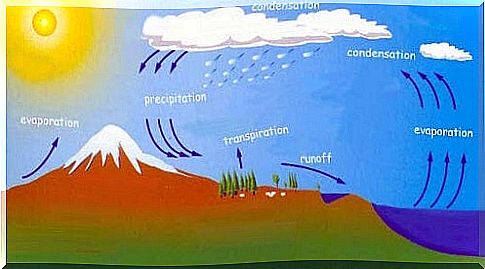
Is water a renewable source?
It is clear that the water changes its state and the cycle continues constantly, which is why water is said to be a renewable source. However, we need to take care of it and use it responsibly as the quantity is limited and not so numerous. This is especially true of drinking water, which is water that is suitable for human consumption.
In this connection, we can work together to take care of the water by performing the following actions both at home and at school:
- Do not let the water run when you brush your teeth.
- Fix faucets that are leaking.
- Take a quick shower instead of a tub.
- Do not play with water.
It is simple to explain to children about the water cycle as you can relate it to many everyday activities. If you talk about taking care of the planet while explaining the cycle, you will surely catch the attention of your children.
